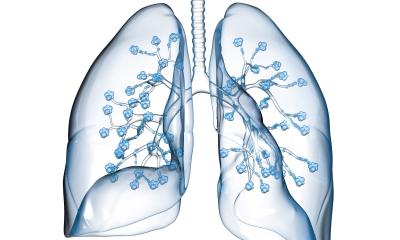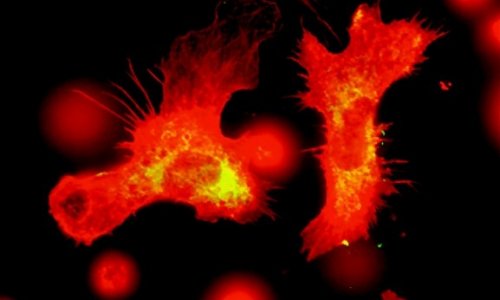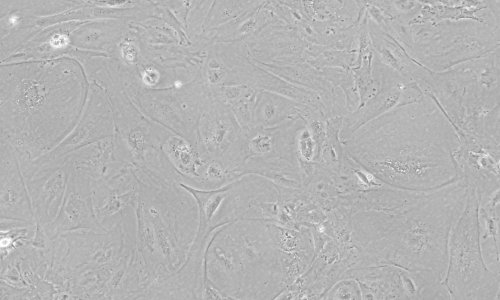
Image credit: Mengqi Li/Chinese Academy of Sciences
News • Stem cell research
Camouflaging transplants to avoid immune rejection
Cell and organ transplants can be lifesaving, but patients often encounter long waiting lists due to the shortage of suitable donors. According to donatelife.net, in 2021 6,000 people died in the U.S. alone while waiting for a transplant.
One day, transplants generated from stem cells may alleviate the constant organ donor shortage, making transplants available to a larger group of patients.
An issue with donation, whether it’s with solid tissues or cells from deceased or living donors, is immune rejection. Unless the donor material is carefully matched to the recipient’s immune system, the transplant will be rejected. However, stem cell research is working on a solution to this challenge. Strategies are underway to generate so-called hypoimmunogenic stem cells, where stem cells and their derived tissues are genetically modified so that they are no longer recognized by the immune system, enabling the generation of transplants from a universal stock of stem cells without the need for immune matching. A potential risk associated with transplants from hypoimmunogenic stem cells is the uncontrolled growth and tumor formation from residual immature cells within a transplant that would go unchecked by the immune system.
To overcome both the risks of immune rejection and of potential tumor formation, researchers Baoyang Hu and colleagues from the Chinese Academy of Sciences, Beijing, have genetically engineered stem cells so that liver cells obtained from them would be invisible to the immune system. At the same time, immature, potentially tumorigenic stem cells would still be attacked and eliminated by the immune system. To achieve this, two immunosuppressive proteins were made by the cells once they had turned into mature liver cells, while immature stem cells did not make these proteins.
Consequently, when transplanted into mice with a human immune system, immature stem cells were destroyed, and tumor formation was inhibited while stem cell-derived liver cells were protected from an immune attack and could persist in the mice despite a lack of immune matching. Similar approaches could be used to protect other stem cell-derived tissues, such as heart cells or pancreatic cells, from immune rejection. The research was now published in Stem Cell Reports. The safety and efficacy of those stem cell-derived transplants will require further validation in pre-clinical and clinical studies.
Source: International Society for Stem Cell Research
24.11.2023











